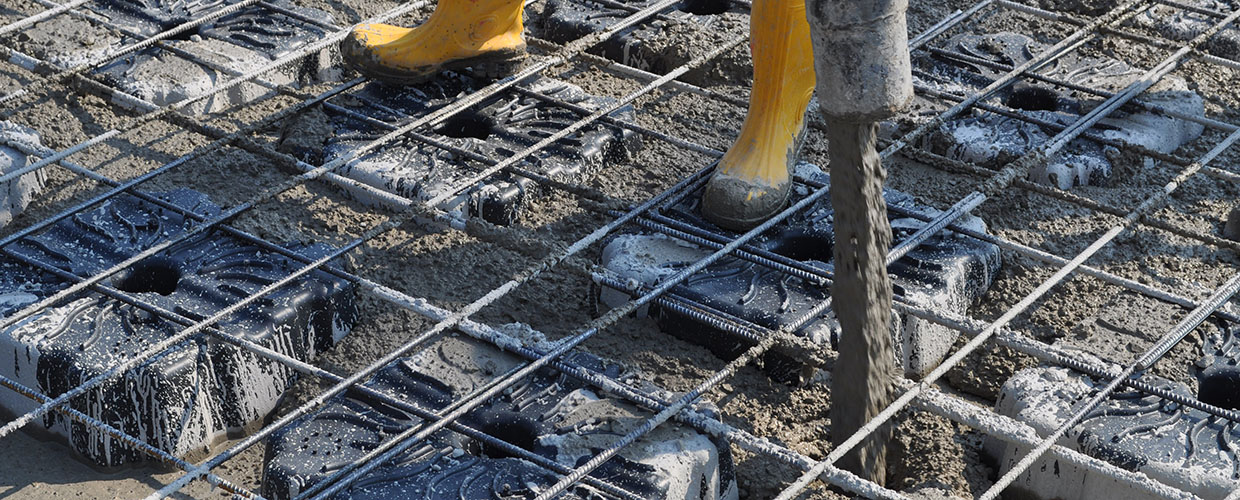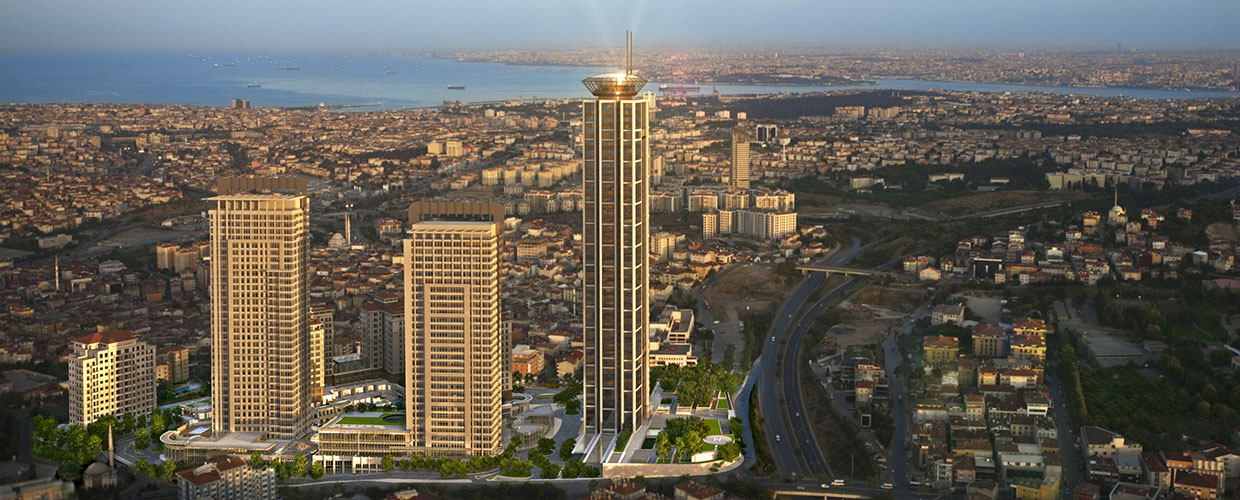How much is 30 liters of concrete?
by Francesco Guidetti, 14 February 2017

Concrete covering of Geoplast’s slabs formworks
Normally for an engineer, the weight parameter is a pretty serious thing. The design of an airplane, for example, obviously requires maximum attention to minimization of the weights. The same applies to the design in the nautical or mechanical field: it is not possible imagining a Formula One designer thinking that, after all, a few more pounds do no difference. This is because not only the performance and fuel consumption in these areas are very important, but also because the materials used are very expensive, so the purpose is to try to use them in the smallest amount possible while exploiting them to 100%.
When you switch to the world of construction, oddly it arises much less attention to this aspect. This is certainly due to the fact that most of the artifacts are made of reinforced concrete, which is an inexpensive material (it is obtained from steel production waste with sand, gravel and water and a bit of poor quality steel). For this reason, it is thought that a few extra pounds do not represent a waste.
When we realize a slab with the New Nautilus System, we interpose in the concrete casting plastic formworks whose volume is equal on average to 30-40 liters. A person fast in calculations would say that spending money to buy, and time to lay them certainly is not worth for saving concrete for € 3-4.

Emaar Building worksite in Istanbul, Turkey. Geoplast’s New Nautilus was used to create lightweight bidirectional slabs.
But what happens when we decide to lighten a slab? First, its weight decreases by 25%, which means that on average, the reinforcing bars have to endure a 12% less effort, so the rate of steel can be decreased in the same proportion.
Not only the single horizontal structure but also vertical ones will experience the benefit of this lightness. They can be streamlined as well, and the higher the building, the greater the benefit. How much? Still a 5-8% less material, which means that the whole structure will be even lighter. Also, the foundations are involved, as they will be stressed up to a 20% less.

Emaar Building, Istanbul, Turkey. Total surface: 2.400 m².
Without mentioning modal analysis, which can be applied only to specific cases, it is possible to state that the seismic force acting on a building is directly proportional to its mass. Consequently 30 liters of concrete seem a small thing, but in reality, they allow living in a building that is less affected by earthquakes. Considering that there are people who lose the house for an earthquake, the decision not to lighten to save € 3 maybe is not the best.
Finally, those 30 liters of concrete also have a social impact: concrete and steel have in fact to be produced and transported and this, in addition to consuming a huge amount of energy (mostly non-renewable), it also produces pollution and contributes to the increase of the CO2 rate into the atmosphere.
At the end, 30 liters of concrete cost much more than € 3. It is 30 liters of concrete which, multiplied by the millions of buildings constructed each year, would help to give our children a better future.
All in all, it is worth pondering.